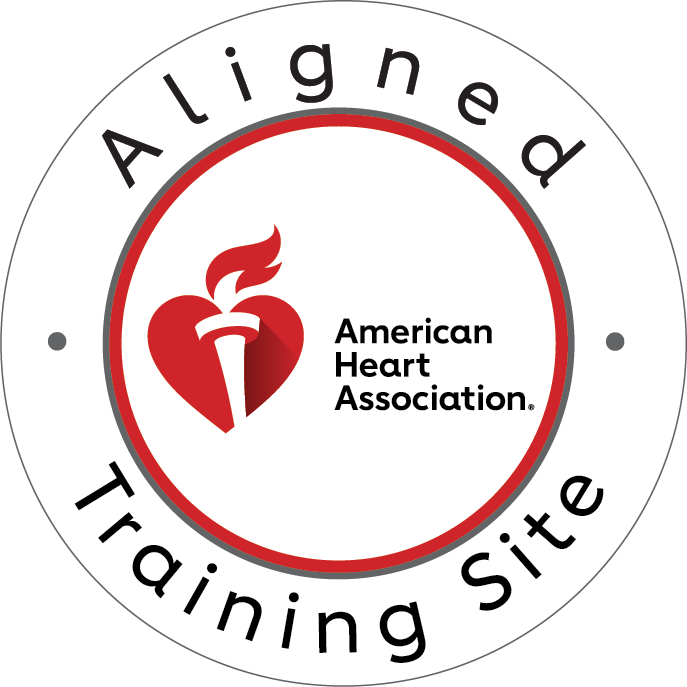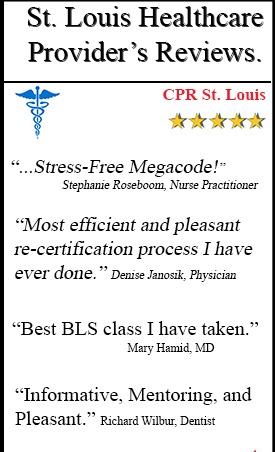The Critical Seconds That Save Lives
Every second counts when a person’s heart stops. In the critical moments of a cardiac arrest, the quality of cardiopulmonary resuscitation (CPR) can mean the difference between life and death. At the heart of successful CPR is a key goal: achieving Return of Spontaneous Circulation (ROSC). This term refers to the restoration of a heartbeat and blood circulation without the aid of ongoing chest compressions. While advanced medical techniques play a role in improving outcomes, minimizing interruptions during CPR remains one of the most impactful—and often overlooked—factors in increasing survival rates.
Understanding ROSC and Why Every Second Counts
ROSC is more than a milestone in resuscitation—it represents the turning point where a patient regains their heartbeat, allowing the medical team to shift from emergency response to stabilization and recovery. ROSC occurs when the heart begins pumping blood on its own, restoring oxygen delivery to vital organs. This process is directly tied to coronary perfusion pressure, which builds up during uninterrupted chest compressions. The higher the perfusion pressure, the better the chances of ROSC. Interruptions in compressions, even brief ones, cause perfusion pressure to plummet, making it much harder to achieve ROSC when compressions resume.
Impact of CPR Interruptions on Survival Rates
Scientific studies support this with compelling data. Research has shown that even pauses as short as 5–10 seconds can significantly lower coronary perfusion pressure, requiring 30 seconds or more of compressions to rebuild it. In a high-stakes situation where time is limited, this delay can cost a life. A growing body of evidence correlates frequent interruptions with reduced survival rates, particularly in out-of-hospital cardiac arrests. National statistics show that while overall cardiac arrest survival rates remain low, minimizing interruptions during CPR can lead to measurable improvements in outcomes.
Common Sources of CPR Interruptions
Provider-related interruptions
Understanding the sources of these interruptions is essential for making improvements. Many are provider-related. Fatigue is a common culprit—after just two minutes of compressions, quality tends to decline, requiring prompt and efficient switches between rescuers. Additionally, uncertainty about when to check for a pulse or how long to pause can cause unnecessary breaks in compressions. Sometimes providers stop prematurely, unsure of the next step or overly cautious during rhythm checks.
Equipment and procedural interruptions
Equipment and procedures also play a role. Setting up a defibrillator, analyzing rhythms, administering medications, or placing an advanced airway often causes delays. These are essential tasks, but if not coordinated correctly, they can lead to dangerous pauses in compressions. Even moving the patient or repositioning can cause unexpected lapses in care.
Environmental and team coordination issues
Environmental and team-related issues compound the problem. Poor communication, unassigned roles, or a disorganized workspace can lead to confusion, overlapping duties, and missed cues—all of which increase the likelihood of interruptions. In chaotic scenes, even the most skilled team members struggle without clearly defined roles and structured leadership.
Evidence-Based Strategies to Minimize Interruptions
Optimizing compression technique and provider rotation
To address these challenges, evidence-based strategies can make a profound difference. First, optimizing provider rotation is key. Using proper body mechanics and switching compressors every two minutes—without losing rhythm—helps maintain compression quality. Smooth transitions are possible when team members are trained to switch hands quickly and efficiently, with minimal interruption.
Streamlining pulse checks and rhythm analysis
Limiting pulse checks is another vital step. Current guidelines recommend checking for a pulse only when an organized rhythm is seen on the monitor, and for no more than 10 seconds. Preparing defibrillator pads during compressions and analyzing rhythms efficiently can further reduce downtime. Teams should train to prepare equipment simultaneously rather than sequentially.
Advanced airway management without extended pauses
Advanced airway placement is another area where compression pauses can be minimized. Providers can use bag-mask ventilation or supraglottic airways to maintain oxygenation without extended interruptions. Even intubation, when necessary, should be done with a coordinated plan that ensures chest compressions continue with minimal delay.
Team communication and role clarity
Strong team communication is essential. Appointing a clear team leader, assigning roles in advance, and using closed-loop communication can streamline resuscitation efforts. Standardized language and protocols help everyone stay on the same page, ensuring that critical tasks are carried out efficiently and compressions continue with as few breaks as possible.
Technology and Tools That Support Continuous CPR
CPR feedback devices and their Benefits
Technology also offers valuable support. CPR feedback devices provide real-time audio and visual prompts to guide compression depth, rate, and recoil, helping maintain high-quality compressions throughout the code. Mechanical CPR devices, while not always necessary, can be beneficial in certain environments, such as prolonged resuscitation or during patient transport. Simulation training is another powerful tool—realistic practice scenarios build muscle memory, reinforce best practices, and improve team coordination under pressure.
Implementing Change in Your Healthcare Setting
Creating institutional Protocols
To bring these strategies to life, healthcare institutions need to implement structured protocols. Developing standard procedures for cardiac arrest response ensures everyone knows their responsibilities. Regular training and skills validation help maintain team readiness. Tracking quality improvement metrics—such as compression fraction, interruption duration, and time to ROSC—keeps teams accountable and focused on continuous improvement.
Building a Culture of Continuous Improvement
Fostering a culture of learning is just as important. Post-resuscitation debriefs provide an opportunity to identify patterns, discuss what went well, and address any missteps. When teams review their performance regularly, they become more cohesive and more effective. Recognizing and celebrating ROSC achievements encourages providers to maintain high standards.
Measuring success and maintaining Standards
Measuring success requires clear metrics. Key performance indicators like compression fraction (the percentage of time compressions are delivered during a resuscitation) and time-to-first-shock can be tracked over time. Regular competency assessments and ongoing education help ensure that providers stay current with the latest guidelines and best practices.
Training Solutions from CPR St. Louis
In St. Louis, healthcare professionals can take the first step toward mastering these skills with comprehensive training from CPR St. Louis. Their course offerings align with American Heart Association guidelines and cover everything from foundational BLS training to more advanced certifications like ACLS and PALS. Community members can also benefit from CPR and First Aid classes designed for non-medical settings.
Hands-on, stress-free learning environment
CPR St. Louis creates a hands-on, stress-free learning environment where students can practice real-life scenarios using state-of-the-art equipment. Certified instructors with real-world experience offer small class sizes for personalized attention and ensure that every participant gains confidence in their skills.
Conclusion
Minimizing interruptions during cardiac arrest resuscitation is not just a best practice—it’s a critical factor that can mean the difference between life and death for your patients. The evidence is clear: uninterrupted, high-quality chest compressions maximize the likelihood of achieving ROSC and improve overall patient outcomes.
Healthcare providers who understand and implement these principles demonstrate the advanced skills emphasized in comprehensive ACLS certification in St. Louis programs. However, knowledge alone isn’t enough. Regular practice and skill reinforcement through hands-on training ensure that these life-saving techniques become second nature during high-stress emergencies.
The chain of survival depends on every link being strong, and your ability to minimize interruptions while maintaining effective compressions is a crucial component of that chain. When combined with proper CPR certification in St. Louis training, these skills form the foundation of exceptional emergency cardiac care.
Call to Action
Don’t let gaps in your training compromise patient outcomes. CPR St. Louis, an American Heart Association training site, offers comprehensive, stress-free, and hands-on ACLS and CPR courses designed to build your confidence and competence. Our expert instructors focus on real-world application, ensuring you’re prepared to minimize interruptions and maximize ROSC rates when it matters most.
Ready to enhance your life-saving skills? Contact CPR St. Louis today to schedule your certification or renewal. Because when seconds count, proper training makes all the difference.






